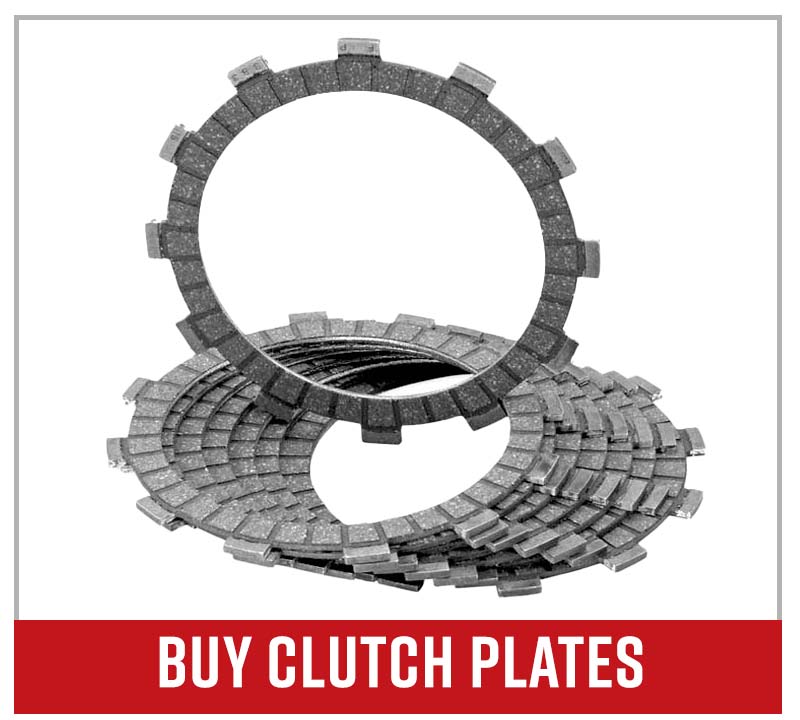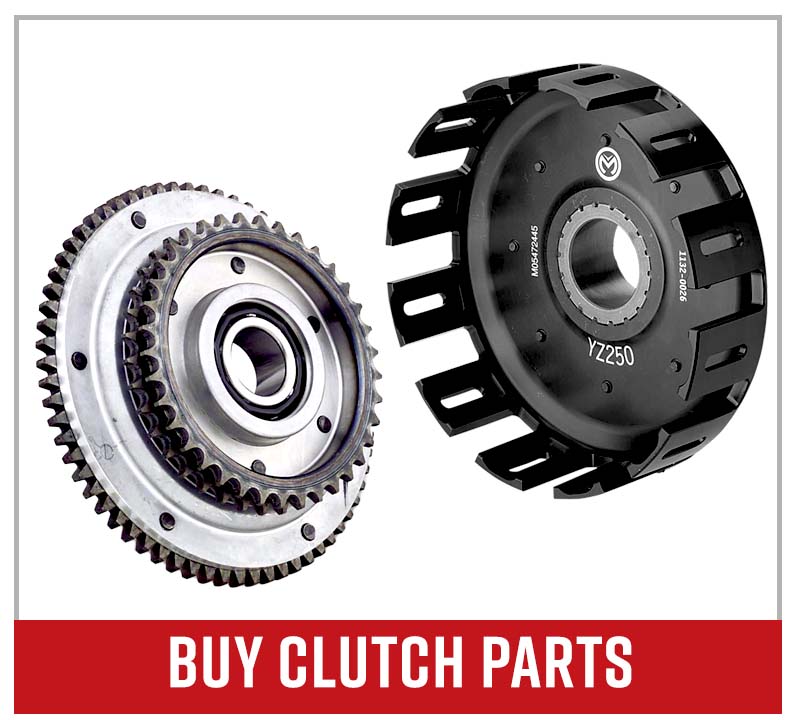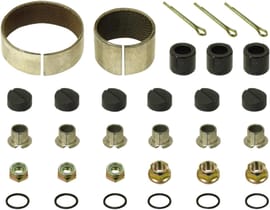Motorcycle Wet Clutch vs. Dry Clutch
Most modern motorcycles have wet clutches, but does that mean they're a better clutch type than a dry clutch? Dry clutches were once common, but they're notoriuosly loud and eventually fell out of favor.
As noise restrictions got stricter, motorcycle manufacturers sought ways to keep their machines' noise levels in check. Dry clutches are louder than wet clutches, so manufacturers gradually shifted to quieter wet clutch setups. Another reason dry clutches fell out of favor is that wet clutches are more forgiving and easier to use, making them preferable to riders looking for a user-friendly experience. Watch the video above or read on below to learn more about the differences between wet clutches and dry clutches.
Wet Clutches
A wet clutch is referred to as such because it’s bathed in engine oil. Wet clutches are also much quieter than dry clutches because they're enclosed inside the crankcase, which is another reason why they're almost universally fitted as standard on today’s powersports vehicles.

Because motorcycle clutches have to withstand tremendous friction, bathing the clutch in oil helps keep it cool and prevents it from burning out. Motorcycle manufacturers started making wet clutches that are small and light to improve the power-to-weight ratio of the bike. Being cooled and lubricated also adds to a wet clutches longevity, which is why one of the the first steps to rebuilding a clutch involves soaking the clutch plates in oil to reduce friction.
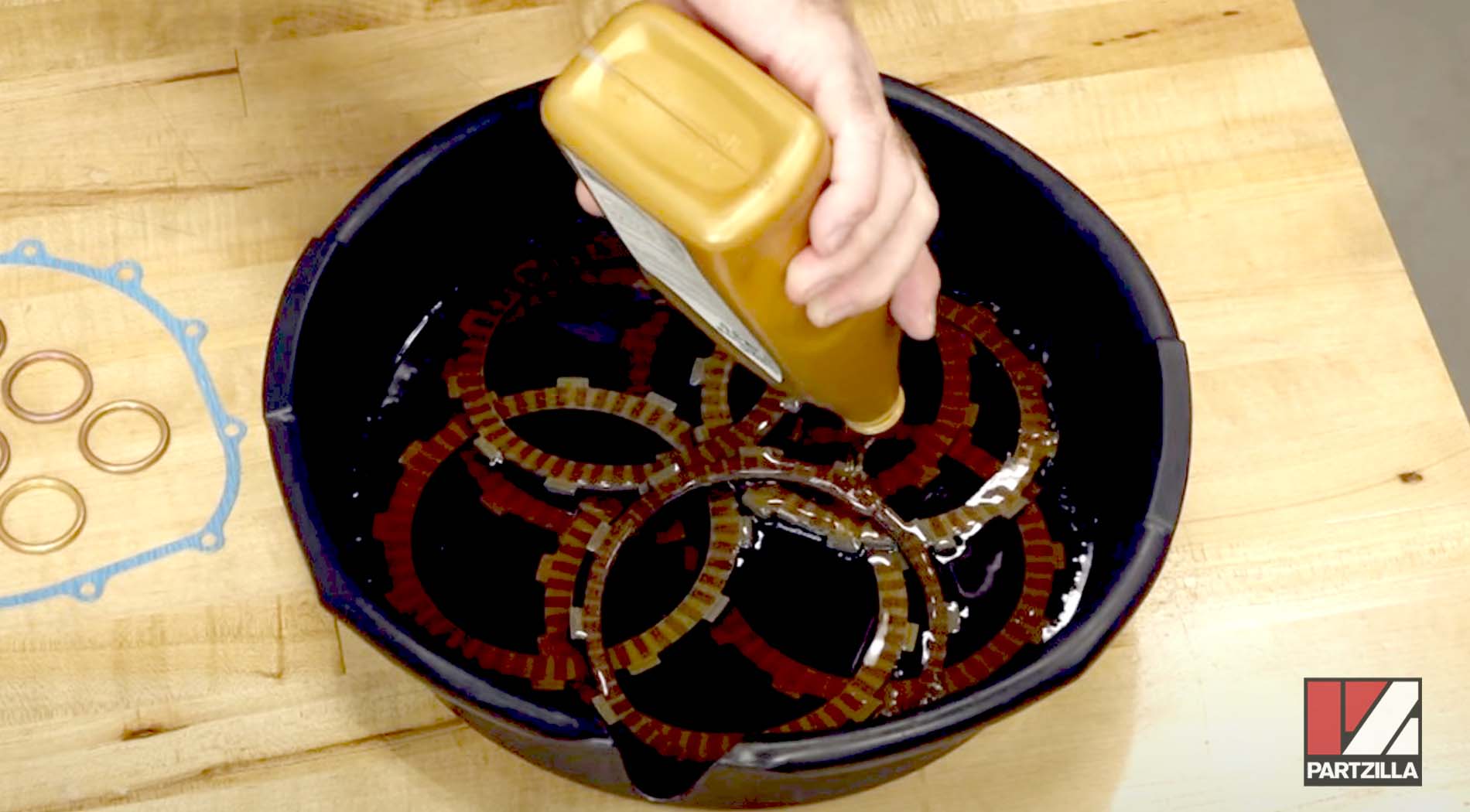
Another advantage to wet clutches is that they offer a wide range of engagement that gives the rider a lot of “feel”, and plenty of control when pulling away and shifting gears. Less experienced riders will find a wet clutch far easier to use, and commuting riders encountering lots of stop-and-go traffic would appreciate a quieter wet clutch over a noisy dry clutch.

The biggest downside to a wet clutch is that it operates against viscous engine oil. This costs the engine a bit of power, which is why the likes of Ducati insists on using dry clutches on its sport bikes. Another drawback is that as wet clutches wear, tiny particles of clutch plate end up in the engine oil, so the contaminated oil has to be changed out more frequently.
Dry Clutches
A dry clutch is housed outside the crankcase, and doesn’t come into contact with the engine oil. However, dry clutches are more prone to overheating because they aren’t being cooled by oil, which leads to clutch fade and increased wear.

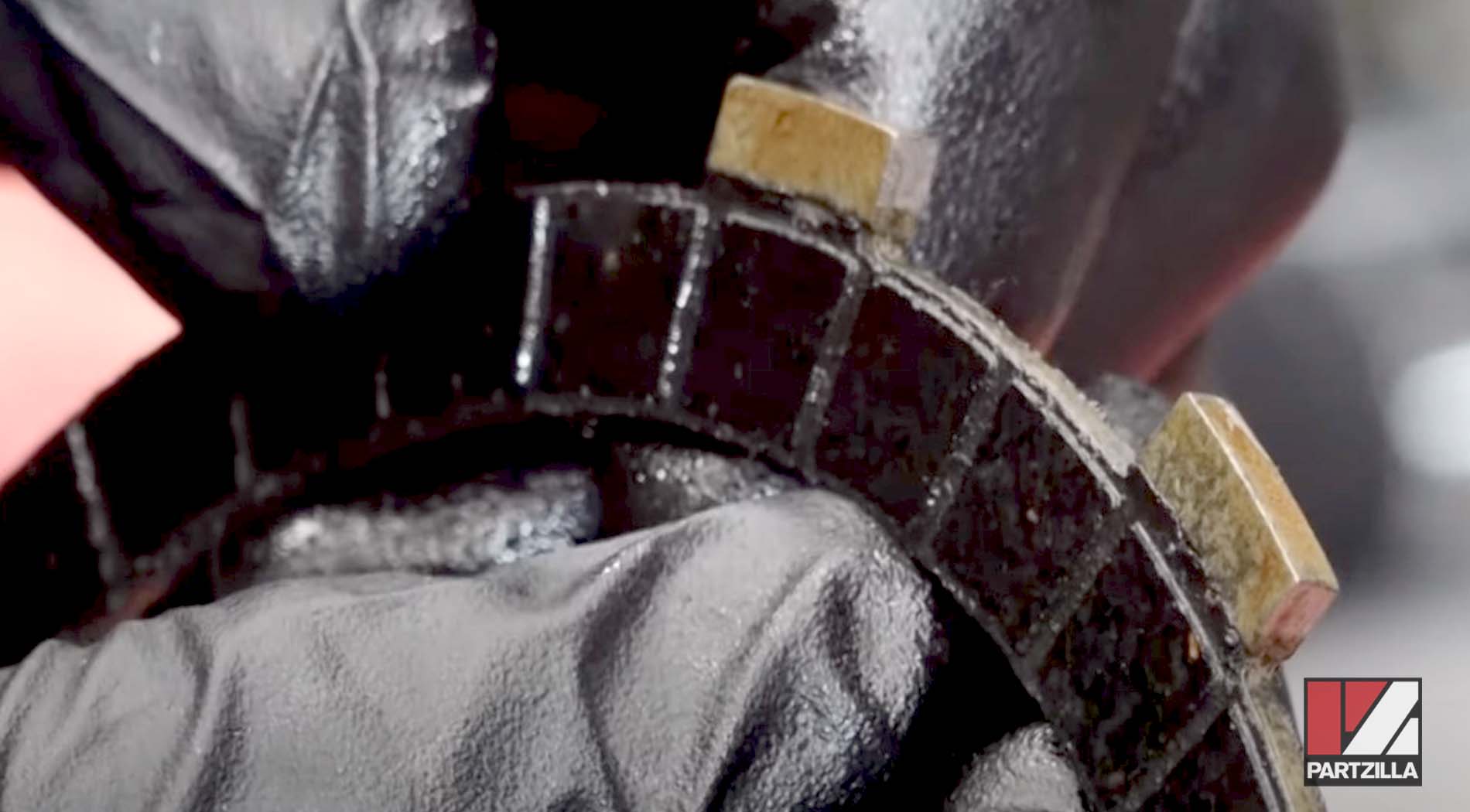
Today, very few manufacturers fit dry clutches as standard to their motorcycles, with notable standouts being BMW on some of their dual sport bikes, and classic Italian manufacturers like Ducati and Moto Guzzi.
Dry clutches have a smaller window of engagement, and their bite point can be a bit harsh. They're good on a track, but not ideal for city traffic. The biggest benefit of a dry clutch is that it doesn’t lose any power due to not working against engine oil viscosity. All the power from the engine fed into the clutch is transferred to the rear wheel. Being housed outside the crankcase also means a dry clutch doesn’t contaminate the engine oil, so the bike can go longer between scheduled oil changes.
As mentioned before, dry clutches are much noisier than wet clutches, and the issue gets exacerbated if the motorcycle is fitted with an open clutch cover to aid cooling. Regardless, there are people who love the raucous sound generated by a dry clutch, and as long as people still favor them, they'll still be around.
